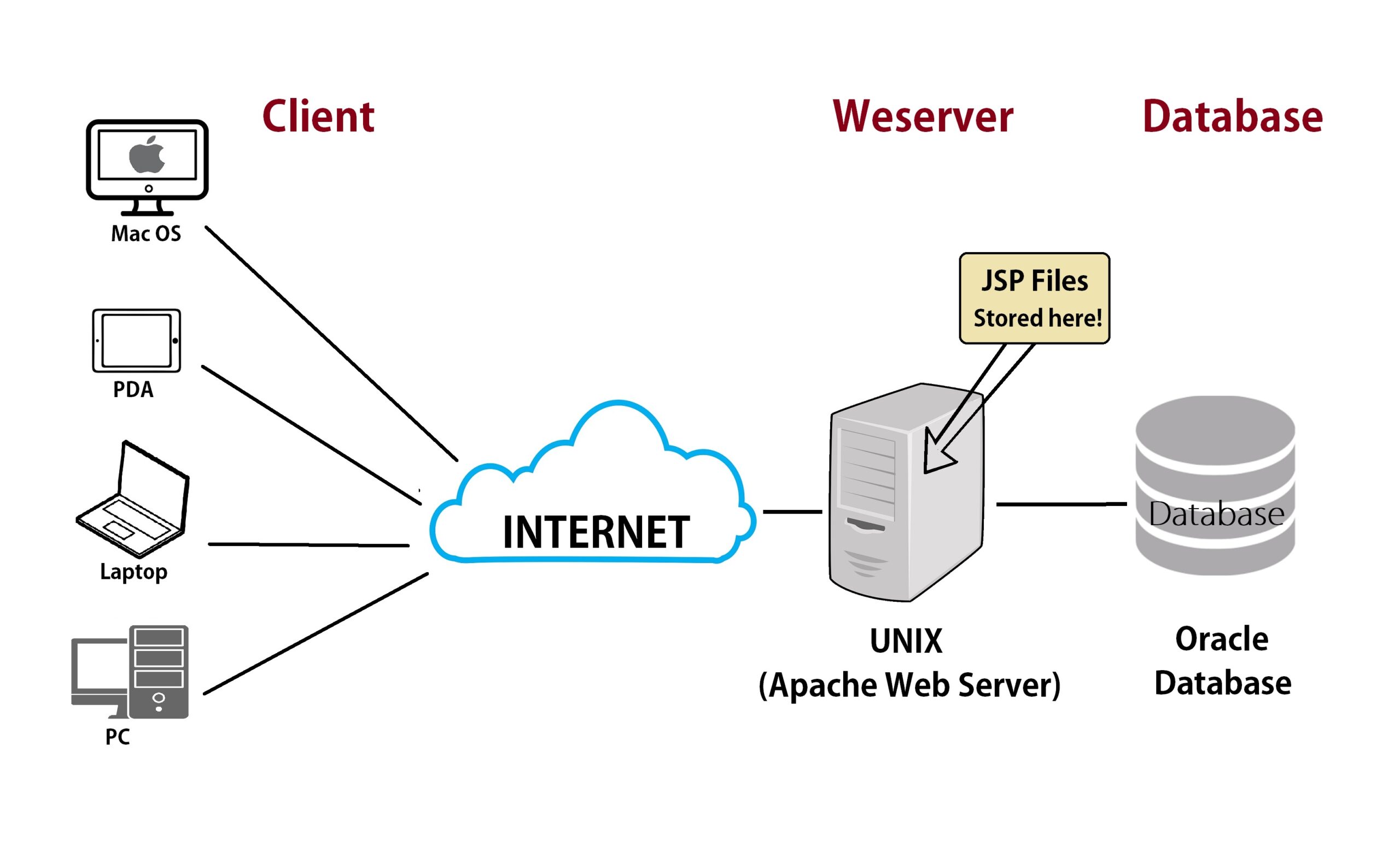The Transformative Power of Digital Education: Shaping the Future of Learning

In the 21st century, the landscape of education is undergoing a revolutionary transformation, with digital education emerging as a powerful force reshaping the way we learn and teach. The integration of technology into education has opened new avenues, breaking down geographical barriers and democratizing access to knowledge. In this blog post, we will delve into the myriad facets of digital education, exploring its impact, advantages, challenges, and the exciting future it holds for learners worldwide.
The Evolution of Digital Education

Digital education is a broad term encompassing a range of technologies and tools that facilitate learning through digital means. Its roots can be traced back to the advent of computers and the internet, which gradually paved the way for the development of sophisticated educational platforms, applications, and online resources. Today, digital education spans a spectrum from online courses and virtual classrooms to interactive multimedia content and gamified learning experiences.
Advantages of Digital Education
![]()
- Accessibility and Inclusivity:One of the most significant advantages of digital education is its ability to break down barriers to learning. Geographic location and socio-economic status are no longer insurmountable obstacles, as learners from diverse backgrounds can access educational resources with just an internet connection. This inclusivity promotes diversity in education, fostering a global community of learners.
- Flexible Learning Environments: Digital education offers flexibility in terms of when and where learning takes place. Learners can access materials at their own pace, accommodating different learning styles and preferences. This flexibility is particularly beneficial for individuals juggling work, family, or other commitments, making education more accessible to adult learners and those pursuing lifelong learning.
- Interactive and Engaging Content: The integration of multimedia elements, simulations, and gamified content enhances the overall learning experience. Interactive and engaging materials not only capture the learner’s attention but also contribute to better understanding and retention of information. This dynamic approach to education fosters a more enjoyable and effective learning journey.
- Real-time Feedback and Assessment: Digital education allows for instant feedback and assessment, providing learners with a continuous loop of improvement. Through online quizzes, interactive assignments, and automated grading systems, educators and learners can track progress in real-time, identifying areas for improvement and tailoring the learning experience to individual needs.
Challenges in the Digital Education Landscape

While digital education brings numerous advantages, it is not without its challenges. Some of the key hurdles include:
- Technological Barriers: The digital divide remains a significant challenge, with disparities in access to technology and reliable internet connections. Ensuring equitable access to digital education requires addressing these technological barriers, especially in underserved communities.
- Maintaining Student Engagement: While digital education provides engaging content, maintaining student motivation and participation can be a challenge. Educators must continuously explore innovative pedagogical approaches to keep learners actively involved in the learning process.
- Quality Assurance: The proliferation of online courses and platforms raises questions about the quality of digital education. Establishing standardized quality assurance measures is crucial to ensure that learners receive a high-quality education that is on par with traditional learning standards.
- Teacher Training and Support: Effective integration of technology into the classroom requires well-trained educators. Providing ongoing training and support for teachers is essential to harness the full potential of digital education and to ensure that they can navigate and utilize the evolving technological landscape.
The Future of Digital Education

As technology continues to advance, the future of digital education holds immense promise. Several trends are shaping the trajectory of education in the digital age:
- Personalized Learning: Adaptive learning platforms and artificial intelligence algorithms are enabling personalized learning experiences. These systems analyze individual learning patterns and preferences, tailoring content to suit each learner’s needs, thereby optimizing the learning journey.
- Virtual and Augmented Reality: Virtual and augmented reality technologies are transforming traditional classrooms into immersive learning environments. These technologies provide realistic simulations, enhancing experiential learning in fields such as science, medicine, and engineering.
- Blockchain in Education: The integration of blockchain technology is revolutionizing credentialing and certification processes. Blockchain ensures the security and authenticity of educational credentials, reducing fraud and streamlining the verification process for employers and educational institutions.
- Collaborative Learning Platforms: The future of digital education is likely to see an increase in collaborative learning platforms, fostering interaction and collaboration among learners. Virtual group projects, discussion forums, and collaborative online spaces will become integral components of the learning experience.
Conclusion:

Digital education has emerged as a transformative force, redefining the traditional paradigms of learning and teaching. While challenges persist, the potential for positive change is immense. As we navigate the evolving landscape of education in the digital age, it is crucial to address the disparities in access, invest in teacher training, and uphold rigorous quality standards. The future of education is digital, and by embracing these advancements responsibly, we can pave the way for a more inclusive, accessible, and effective learning experience for generations to come.
https://www.wolfywide.com/embracing-the-furure-of-education-the-rise-of-online-collages/
Follow us for more:




